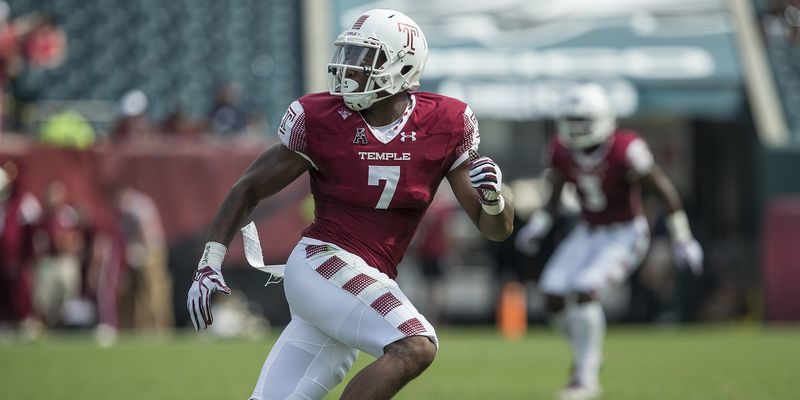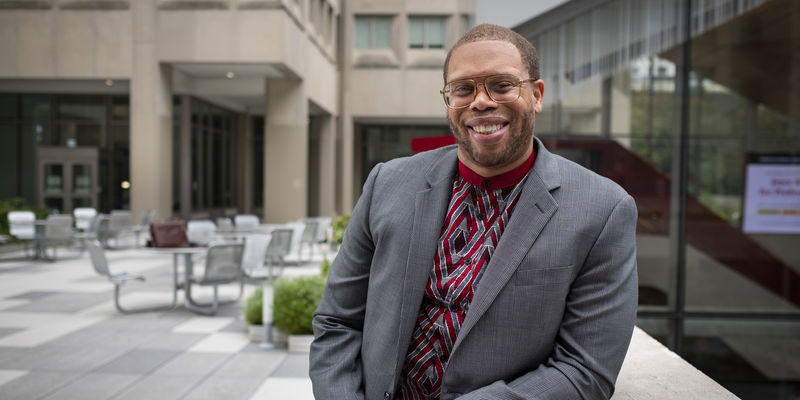How valuable is a Super Bowl halftime performance to an artist’s brand?
Artists don’t get paid for performing the Super Bowl halftime show, yet it remains one of the most prestigious and sought-after gigs in the industry. Professor of Marketing Sheri Lambert breaks down the value of performing (for free) on one of the world’s biggest stages.

Some consider the Super Bowl to be the greatest entertainment event on earth. The game itself attracts more viewers than any other televised event in the United States. But in some years, it’s the heralded halftime show, which features top names in the music industry, that dominates headlines.
More than 129 million people tuned in for Usher’s halftime show at Super Bowl LVIII. This year, Kendrick Lamar will take the stage, and the internet is buzzing about whether or not he’ll use the performance as an opportunity to continue his beef with Drake.
Famously, these artists are not paid for their performances [The NFL does, however, cover all the production costs of the Super Bowl halftime show, so artists won't be in the red if they perform], yet the Super Bowl halftime show remains one of the most sought-after gigs in the industry. So why do music’s biggest names clamor for an opportunity to perform at the Super Bowl? What kind of exposure do they get for performing, and what does it mean for an artist’s brand to be the halftime performer?
Temple Now talked with Sheri Lambert, professor of marketing at Temple University’s Fox School of Business and an expert on brand management. Here’s what she had to say about the impact and value of a Super Bowl halftime performance.
Temple Now: Why do artists perform the Super Bowl halftime show for free?
Sheri Lambert: Think of it as a marketing partnership. It really is a marketing partnership rather than a performance, and the exposure that they [the artist] get is far more valuable than the paycheck in most cases. They receive an enormous amount of publicity from performing in the halftime show. There is also an appeal to the prestige of the performance, right? The artist gets to say that they performed at the most watched live event in the world. Which is a huge, huge feather in their cap. Their name is cemented in pop culture history.
TN: What kind of exposure does an artist get for performing the Super Bowl halftime show?
SL: In terms of TV alone, the average viewership for the Super Bowl is over 100 million. So, their music is heard by millions. But they also often see a boost in streaming numbers in the weeks following the show, which can lead to more lucrative deals, concert ticket sales, brand partnerships, maybe even movie deals where their song is included in a soundtrack.
But it’s not just about the numbers. It’s about the nature of exposure. If you remember the Rihanna Super Bowl show, she stopped in the middle of her performance and dabbed herself with her makeup. That’s huge for Fenty Brand. The Tuesday following that Super Bowl I was showing clips of that in my market strategy class and my digital marketing class.
Just yesterday I was teaching my digital marketing class about viral content. That clip of her putting on makeup went viral. It flooded social media. People were watching it. Influencers that are hawking Rihanna’s makeup, they were showing it. The exposure for her brand was great.
TN: How valuable is a Super Bowl halftime performance for older artists, like Usher, Snoop Dogg or Dr. Dre?
SL: When you think about why those artists do the Super Bowl, like Dr. Dre and Snoop Dogg and Mary J. Blige in 2022, they didn’t necessarily have a huge hit at the time. But they are hip-hop pioneers, and they go out there [on stage] and prove their cultural relevance in a new age of hip-hop. We’re not talking about nostalgia marketing. These artists get to prove that they’re still culturally relevant.
TN: Is the Super Bowl halftime show the most sought-after gig in the world right now?
SL: I would say it is, just from the numbers alone when you consider its global viewership across all platforms. But here’s the thing, some people don’t necessarily want to do it. It’s not a gig for everyone. We’ve heard about the NFL reaching out to artists who say “no, thank you.” Because you can get praised for your performance, but you can also get critiqued. Just think back to Janet Jackson and her top malfunction. That is something that affected her for years.


